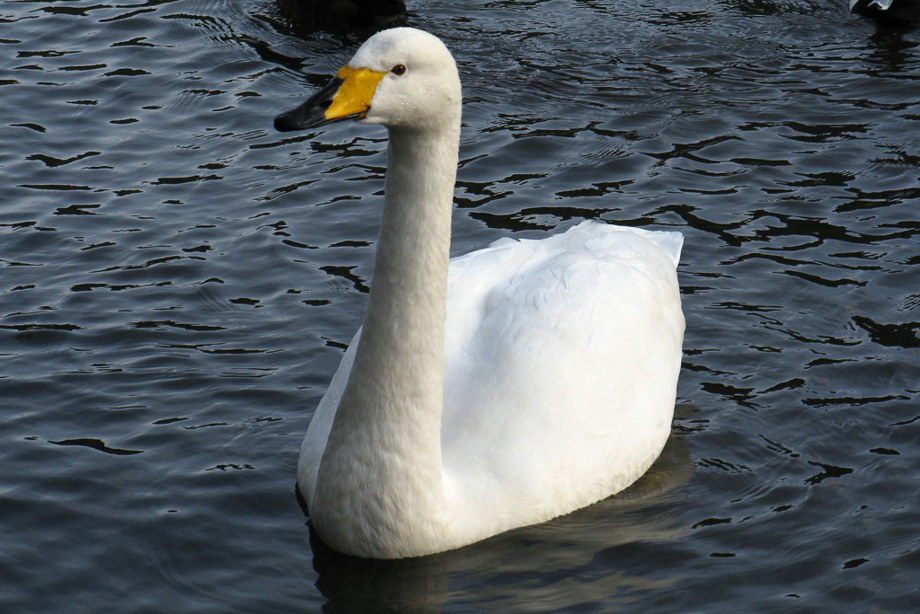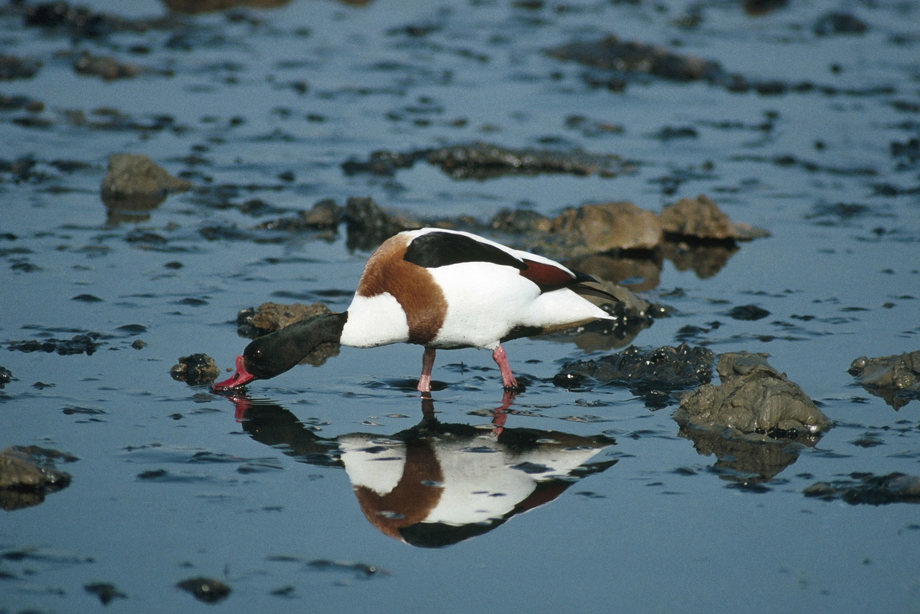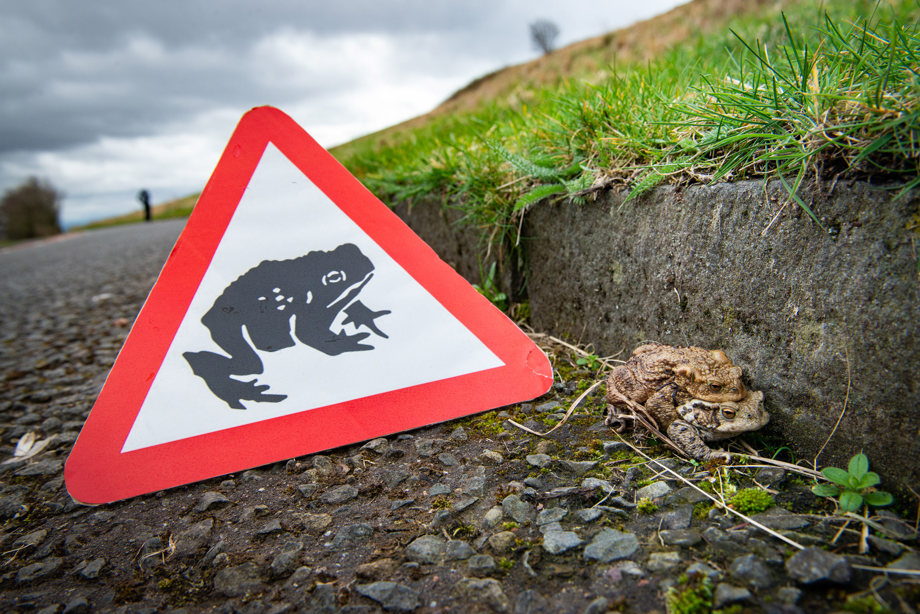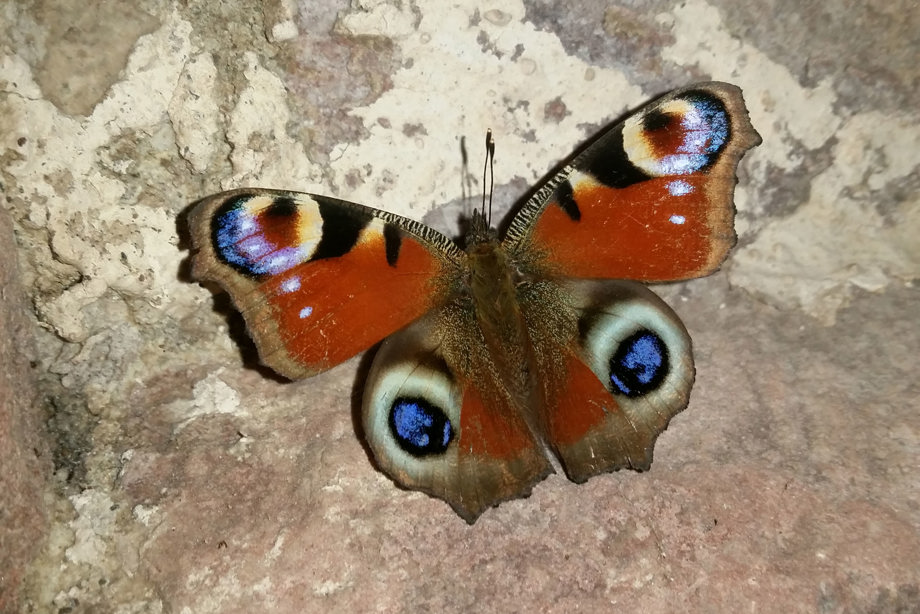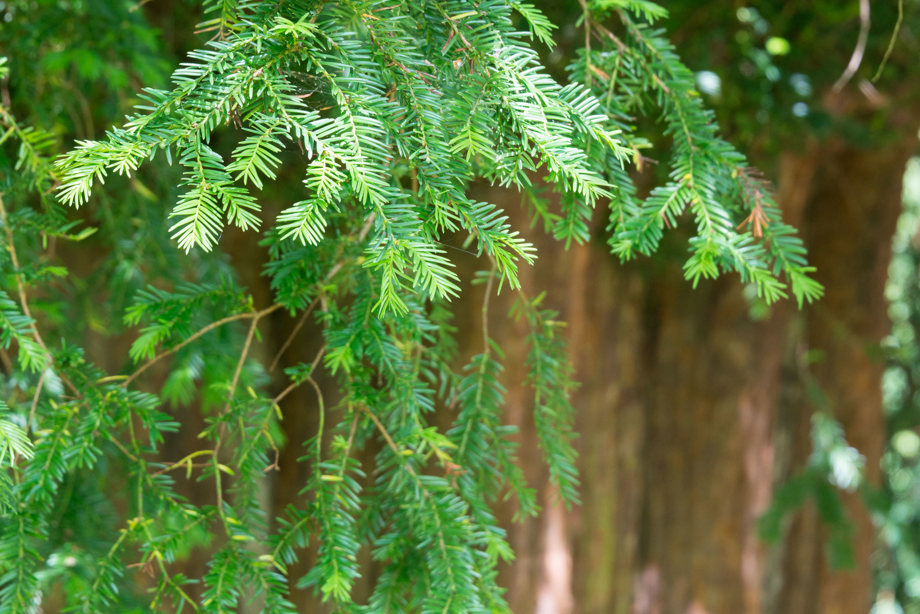As the days draw in and temperatures fall, winter colours and scents return to Scotland’s landscape once again. The wildlife around us also becomes heightened to the change in conditions and many beautiful sights can be seen from our historic properties. Knowing what to look for-and when and where to see it- means that you could have a view that will leave you with lifetime memories.
Whooper Swans
If you’re taking a stroll through Holyrood Park, venture along to Duddingston Loch and you may see more than just the fantastic views of Edinburgh. In recent years Whooper Swans have been spotted around the area. Mainly a winter visitor, swooping by the UK from Iceland, the species tend to stop in the capital for only a week or so. It can come down to just luck on the day if you see them or not!
Image credit Graham Checkley
More winter birds
As well as Whooper Swans, winter birds such as Shelduck, Greenshank, Merganser, Lapwing and Oystercatcher can be spotted during winter in Scotland. Take a walk to the end of the pier at Blackness Castle, or take in the view from the wall at the north end of the lawn, for some ultimate seasonal birdwatching. Herons and Mergansers can also be spotted on the River Tweed by Dryburgh Abbey. The graceful ruins of the abbey nestle secluded in beautiful woodland- perfect for spotting wildlife. Whilst there, you may spot some otters in the water too.
Toads
Hibernating animals are also very interesting and often overlooked at this time of year. Bats, hedgehogs and amphibians, such as frogs and toads, all become inactive during the winter and if you know where to look they can be easily spotted. A number of our sites are home to these species.
At Holyrood park the toads wake in March and begin their mass migration from Whinny Hill down to Dunsapie Loch to breed.
Peacock Butterflies
Butterflies such as Peacocks, Small Tortoiseshell and Red Admiral will also hibernate. They can often be seen clinging to the walls and ceilings of castle ceilings and other areas of our historic sites. Peacock butterflies are particularly interesting because they will often hibernate in groups, and if disturbed they will all ‘hiss’ to ward off any opportunistic predators!
Seasonal Vegetation
Did you know that the Dryburgh Yew tree was reputedly planted in the abbey grounds by monks in 1136- making it older than the abbey itself?! Pop by and see it, alongside other stunning vegetation, as the evergreen trees from the arboretum in the grounds look even more impressive in the winter landscape!
Find out more about some of Scotland’s wildlife and landscapes on our Rangers guided walks

